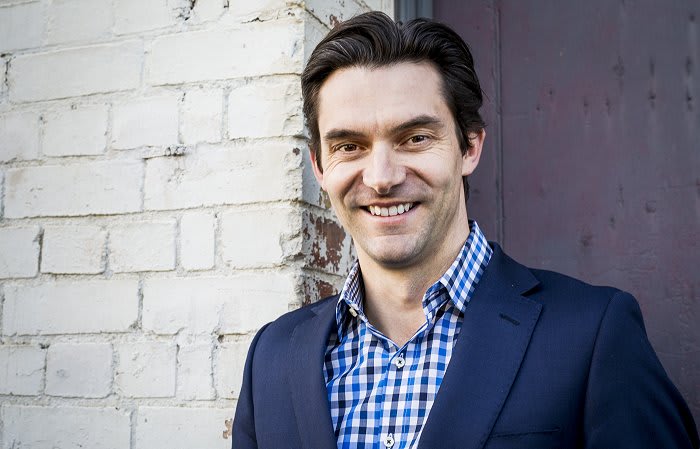What can the urban development industry do about the challenges facing growth area communities?
We have a challenge ahead of us.
How, as our population continues to grow, can the urban development industry ensure that we are creating healthy, sustainable and liveable communities in which people can enjoy socially connected and fulfilling lifestyles?
Much of the urban development discourse (as well as a variety of tools and guidelines) typically articulates a range of positive outcomes we should be aiming for through the urban development process. Despite this broad understanding of what “good” urban development looks like (think buzzwords like walkable, diverse, connected, sustainable etc), the collective impact of rapid urban development reveals many issues within the suburban communities that have been created.
Housing affordability is permanently in the headlines with little progress being made toward meaningful solutions. Analysis shows that socio-spatial disadvantage is rife, particularly in Australia’s growth suburbs where car dependency, poor access to jobs and services, lack of infrastructure and high rates of non-communicable disease are common issues.
I believe that the private sector can do a lot more to address these issues. Our work potentially affects thousands of lives, it is these lives that should inspire the solutions we create. We have a responsibility to be fully aware of the short and long-term effects of our projects and the ways in which they can be improved.
What is more, I believe that it makes good business sense to do so.
Developers, architects, governments, builders; all of us who are involved in the built environment are creating a 'backdrop to life’. We need to ask ourselves whether the development parcel we are working on are contributing to the vibrancy of the whole. The places we are creating should be providing or contributing to that vibrancy and this means putting people first during the decision making process.
This means thinking beyond the bricks and mortar to consider the human aspects – figuring out how to provide what people really need to live healthy and fulfilling lives. It means providing or contributing to creating places that suitably cater for a diverse mix of people of various ages, genders, incomes, and ethnicities.
It means providing opportunities for people to pursue lifelong learning and self-development. It means ensuring residents can readily access employment and encouraging local entrepreneurialism by supporting and nurturing small businesses. It means providing an environment that encourages and promotes a healthy and active lifestyle, enabling people to maintain good mental and physical wellbeing.
It means creating places that have an evolving sense of place and character, their own unique identity and history that people are proud to call home. It means providing people with a range of housing options that suit their various budgets, household composition and life stage. It means not leaving it entirely up to governments to ensure the places we create are well connected and non-isolating by considering the wider context of each development parcel, and collaborating with authorities and potentially competitors to find ways to provide a range of transport options.
We need to be creating shared value through the urban development process. Shared value does not mean that developers and governments should share more of the wealth they create through the process of urban development, it’s about adopting new methods that will be able to expand the total pool of economic and social value so that everyone benefits.
Taking a shared value approach to the development of new communities does not need to raise the cost of development. It is possible to innovate through the use of new technologies, operating methods and by identifying new market opportunities. From a shared value perspective, addressing the challenges that are faced by growth area communities is actually a market opportunity.
The reality is that there are few business activities that can have such an obvious and direct effect on the communities in which they operate like urban development. Like many industries, the traditional process by which urban development happens is outdated and needs to be reimagined in order to achieve shared value… it can, and should, be done.
I believe that those involved in urban development are motivated to leave a legacy they can be proud of and I look forward to exploring how we can better address these challenges in future columns for Urban.com.au.
Dean Landy is a registered architect, urban designer, speaker and author with 14 years experience in community development projects within Australia and overseas. As a partner at Melbourne based architecture firm ClarkeHopkinsClarke, he is actively involved in the design of many town centres across Australia.
Landy is also the founder and director of One Heart Foundation, a unique 'for purpose' organisation breaking the poverty cycle in Africa by establishing schools and homes to care for orphaned and abandoned children. The foundation is currently hosting an international design competition to fundraise and masterplan its second children’s village in Kenya
